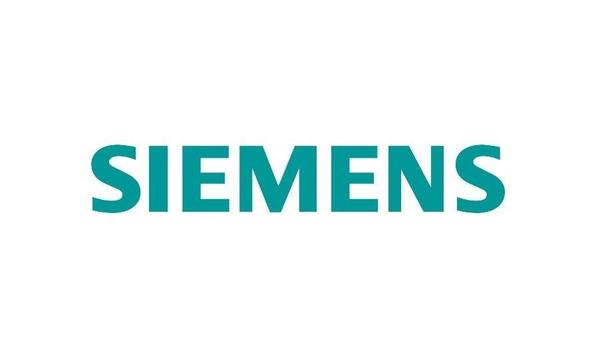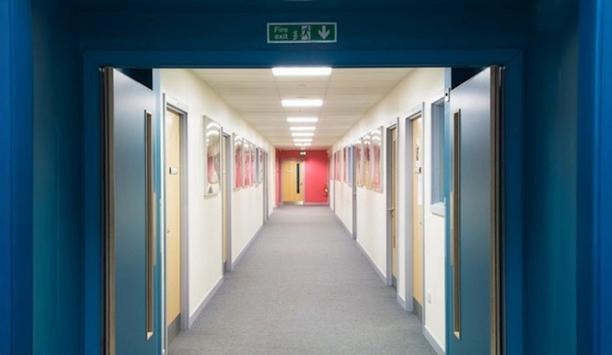Using water to fight a fire is as old as time. Thankfully the days of the bucket brigade are over and modern firefighters have all the tools they need to combat any fire. A key part of firefighting technology is the flow meter. To show how important flow meters are one can read the report from the Fire Protection Research Foundation; titled Evaluation of Fire Flow Methodologies.
As stated in the report: “In order to effectively fight a fire, the water supply available must be adequate for the threat from the building and contents. The water requirements for firefighting include the rate of flow, the residual pressure required at that flow, the flow duration, and the total quantity of water required.”
Public fire protection
Local government leaders are very aware that the ISO Public Protection Classification offer opportunities to improve community fire protection capabilities. The ISO method (ISO PPC3001) was developed to help fire departments know how much water is needed for its fire flow. The fire flow needs are then used to determine what enhancements are necessary for the firefighting department.
A community’s investment in fire mitigation is a proven and reliable predictor of future fire losses"
“A community’s investment in fire mitigation is a proven and reliable predictor of future fire losses.” Participation in the program brings economic benefits to municipalities that invest in and improve public fire protection. There are many existing US and foreign fire flow equations, too many to detail here. However, what is important to know is “The water requirements for firefighting include the rate of flow, the residual pressure required at that flow, the flow duration, and the total quantity of water required.”
Special firefighting equipment
The ISO method is a US standard classified under the building planning method. While the ISO provides the needed fire flow calculations for a building it also is used to determine the “Firefighting apparatus, size of the apparatus fire pumps, and special firefighting equipment needed in the community.” The ISO method takes into consideration:
For all buildings within the community boundaries:
- The number of buildings
- The type of building
- The location of each building
- The height of each structure.
- How each building was constructed.
- The numbers of occupants of each building.
- Adjacent exposed buildings.
- The path the fire might take between buildings.
For commercial buildings:
- A review of ISO’s commercial building
- Excess fire flow requirements for large structures.
For Residential buildings:
- Evaluation of needed fire flows for residential areas.
- A determination of what might burn in the community.
Controlling hostile fires
Once the fire flow calculations are in, now it is time to test and train on the equipment
ISO fire flow calculations are complicated. ???? = (??)(??) [1 + (? + ?) ?] is the basic formula. A fire flow calculation “Represents the total estimated number of gallons per minute of water required to suppress a specific building fire.” After the calculations are complete one analyzes the “Highest needed fire flows” which then determines the basic fire flow needed for the community. All together these calculations are then used to determine the “Amount and distribution of fire department and related water supply resources necessary to control hostile fires within community boundaries.”
This calculation is best left to the math experts to work through. Once the fire flow calculations are in, now it is time to test and train on the equipment. Continuing along the ISO Public Protection Classification line enhanced training and excellent record keeping can facilitate more PPC credit points with minimal expense.
Overall firefighting training
Some examples of enhanced training are:
- Recruit training.
- Ongoing training.
- Day and Night single and multiple company drills.
- Officer training.
- Apparatus operator training.
The above recommendation for overall firefighting training also includes knowing how to conduct and document a proper flow evaluation. “Fire chiefs know that the fire ground is no place to discover deficiencies in apparatus and equipment serviceability. Therefore, ISO has placed much emphasis on the value of testing and certification of the crucial tools that firefighters rely on to conduct their dangerous jobs.”
Calculating friction loss
Detailed Steps for Installing a Portable Flow Meter:
- Always do a thorough inspection of the flow meter prior to each use.
- Use the manufacturer recommended set-up and operating instructions.
- Set-up hoses, appliances, nozzles, and fill the hose line to remove any twists or kinks.
- Make sure to have the correctly measured hose line.
- It is best to have 20 inches of the straight hose before and after the flow meter.
- Calculate friction loss so that the pump is running at the appropriate pressure to meet the rated pressure and flow of the handline nozzle(s).
Minimal property damage
Accurate fire flow is important to fighting a fire quickly and with minimal property damage
Accurate fire flow is important to fighting a fire quickly and with minimal property damage. All firefighters need to know the importance of getting the most accurate flow reading on the lines for testing, training, and active operations and keeping good records requires using a checklist.
Basic information that should be recorded when performing a flow evaluation with handline nozzles or portable monitors.
- Date:
- Fire Department Name:
- Fire Department Contact Email:
- Akron Brass Sales Rep Email:
- Hose Length and Coupling:
- Size:
- Hose Diameter:
- Number of Appliances:
- Nozzle Style:
- Nozzle Specified Flow and Pressure:
- Recorded Flow:
- Recorded Pressure with pressure gauge at the Inlet of the Nozzle or Monitor:















